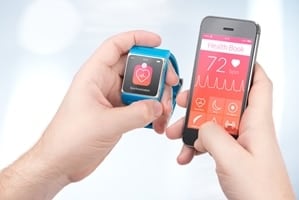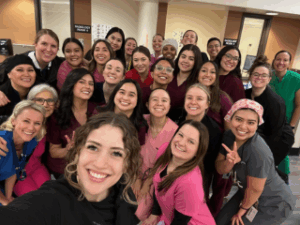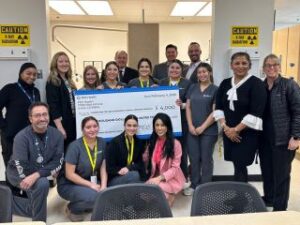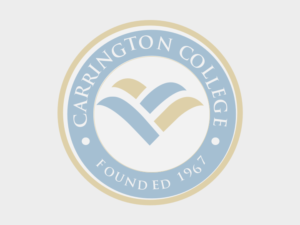 The odds are high that you’re reading this on a computer monitor, a powerful device on its own. Maybe you’re on a tablet. You might even be on the bus reading this off your phone. Now think back to the last time you used an online database to look up symptoms from your last illness. The amount of information available to look up is, quite frankly, stunning. It was not that long ago that this was not the case. Technology is impacting health care in more ways than can be counted. These are exciting times for the health care industry. Certified medical assistants now have access to a wealth of data and methods readily available to help them treat patients to the fullest, thanks to the release of relatively new devices. There are a few key areas that will further help health care professionals and students enrolled in medical assistant schools.
The odds are high that you’re reading this on a computer monitor, a powerful device on its own. Maybe you’re on a tablet. You might even be on the bus reading this off your phone. Now think back to the last time you used an online database to look up symptoms from your last illness. The amount of information available to look up is, quite frankly, stunning. It was not that long ago that this was not the case. Technology is impacting health care in more ways than can be counted. These are exciting times for the health care industry. Certified medical assistants now have access to a wealth of data and methods readily available to help them treat patients to the fullest, thanks to the release of relatively new devices. There are a few key areas that will further help health care professionals and students enrolled in medical assistant schools.
Hardware
It all starts inside of phones. Few truly understand the technology powering these devices. Today’s smartphones are more powerful than the computers of late 1990s. Crazy, huh? Many phones come with sensors that accurately track physical data, everything from walking to biking and swimming. Users can accurately track how many steps they take in a day, and how many more they need to take to reach 10,000 steps, the daily amount recommended by studies. Medical professionals can, if need be, recommend patients take part in more physical activities to better their health.
Applications
Virtually everyone owns a smartphone these days. These aren’t the smartphones of 2009, either, as software has allowed phones to store and track sensitive health information. For instance, users can input data, ranging from blood type to known medical conditions to any allergies. Should an emergency arise and the user has difficulty responding, first responders can have immediate access to that data by simply your that person’s phone. As the hardware has rapidly improved, so has the software. Applications have been released that allow diabetics to fully understand how daily activities impact their glucose levels and plan accordingly, or make changes to their routine. Those suffering from asthma can use an app that personalizes treatment after symptom patterns are detected. These are only some of ways applications can help with illnesses.
3D Printers
One of the most exciting developments in the health care industry involves 3D printing. Professionals are ecstatic about the prospects of what 3D printers can accomplish. These relatively new printers can allow professionals, and even medical assisting colleges, to effortlessly create anything for patients, from prosthetic limbs to, yes, even a functioning heart. Better yet, the cost of using a 3D printer is much lower than before. It’s difficult to imagine a time before health information was so easily accessible. The technological impact of new devices cannot be understated. There are exciting times for the health care industry, and for students in medical assistant programs as well.



